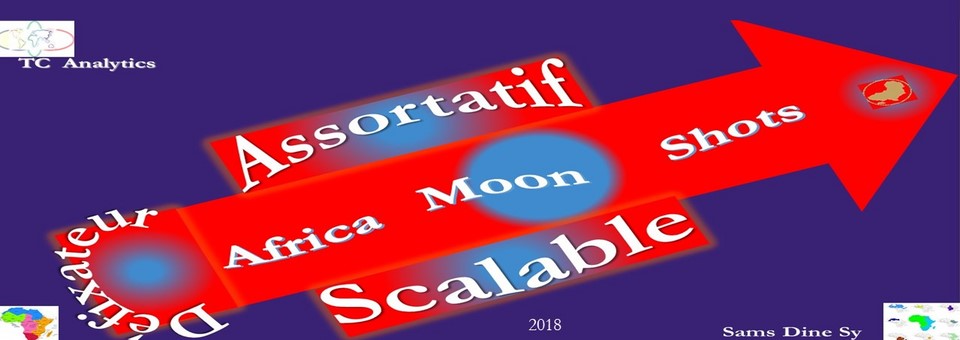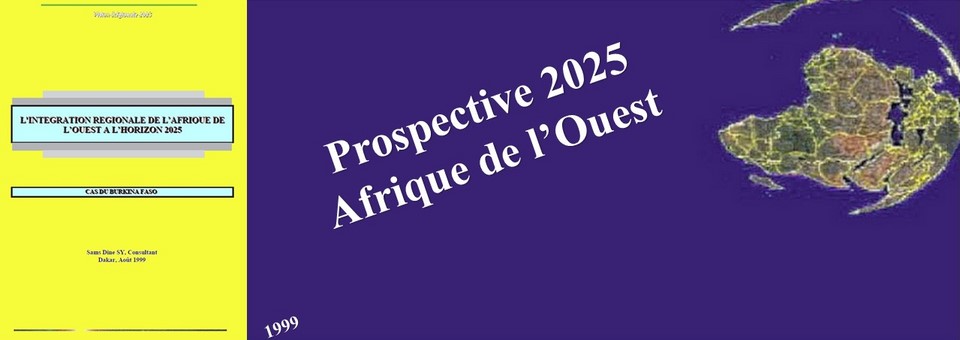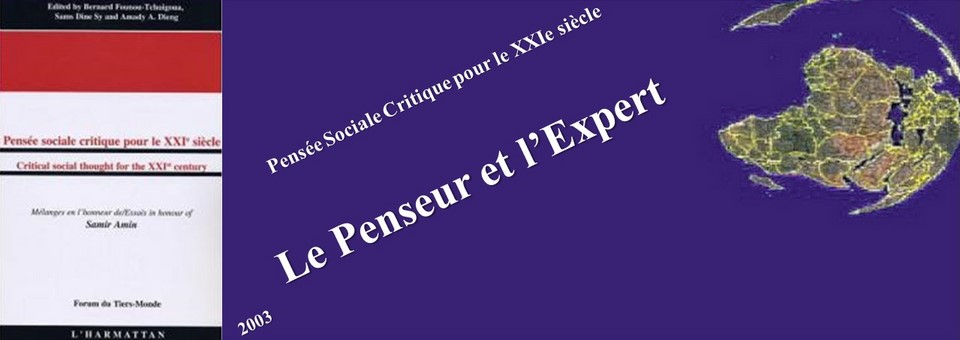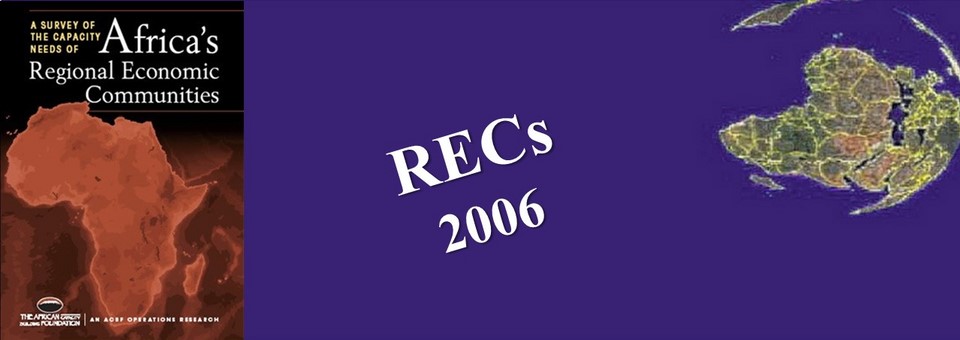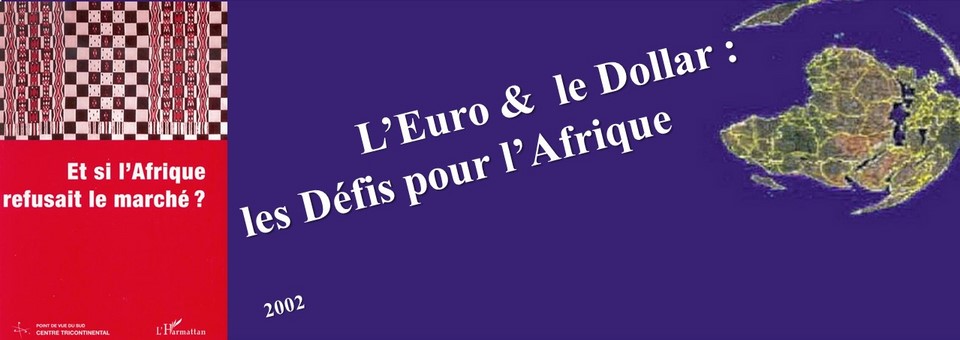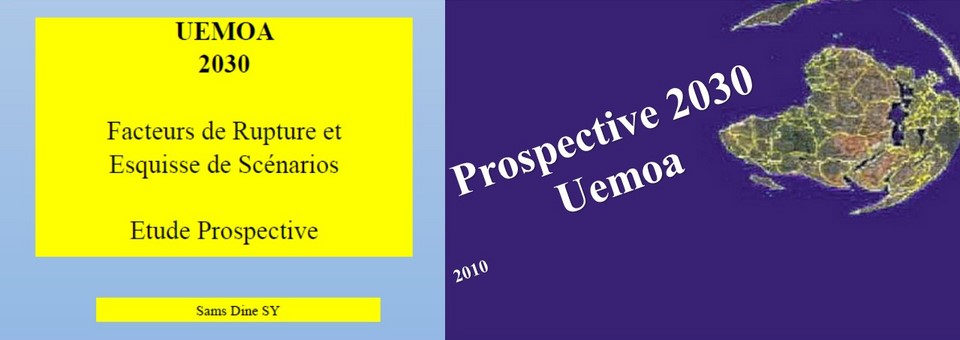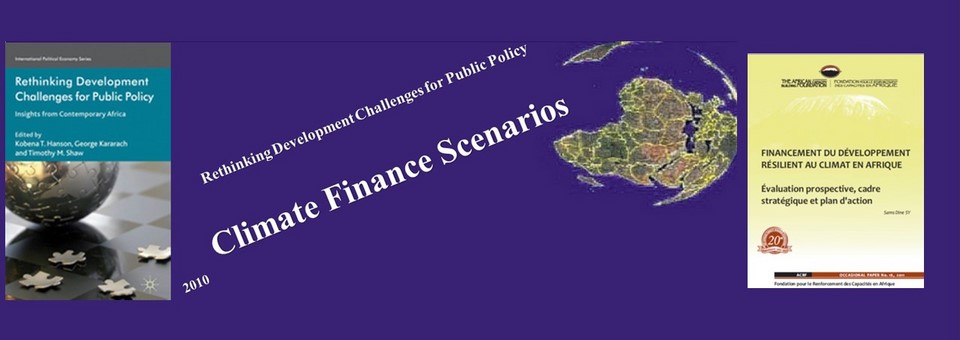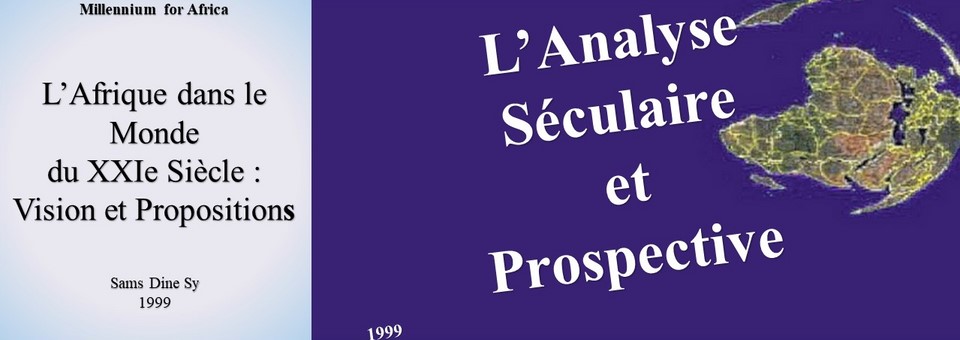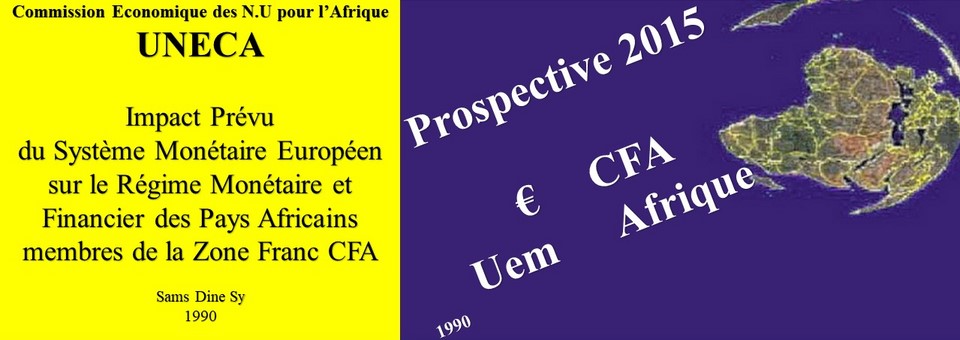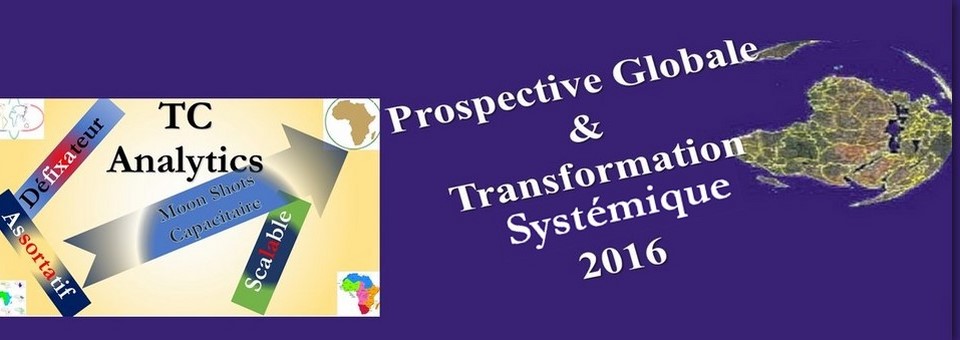REGIONAL ECONOMIC COMMUNITIES,RECs
RECs Policy Cycle to integrate the Federal State
CEMAC
CEMAC move forward in various areas and face difficulties
Since 1999, CEMAC introduce profound changes to the way it conducts its activities.
Weaknesses Identified:
Gap in high-level expertise
Presence of women in high-level posts still limited
Weak interaction between the Executive Secretariat and NEPAD;
Poor capacity to prioritize and for strategic programming;
Not much interest given to human resources, languages, training, establishing networks, and knowledge management
The limited commitment to regional integration at policy, national and local level;
Difficulties with operationalising the TCIR and FODEC;
The isolation of the headquarters;
The dilapidated state of the building;
Poor use of ITC;
The low priority accorded to human resources, training, research, networking and knowledge management.
Since 1999, CEMAC introduce profound changes to the way it conducts its activities.
various politico-military crises and conflicts hamper regional economic integration.
Major achievements in macro-economic framework, common market and free movement of goods and people.
Problem to position CEMAC as a full REC preeminence of ECCAS
Strengths for Further Development.
All the resources are devoted to acheiving the objective of regional economic integration.
A tentative to adopt and institutionalize the Economic and Monetary Union concept outside of Europe.
Treaty confers extensive competence in monetary union.
The statutory bodies are in regular operation and reports are ready on time.
Major achievements in macro-economic framework, common market and free movement of goods and people.
Problem to position CEMAC as a full REC preeminence of ECCAS
Strengths for Further Development.
All the resources are devoted to acheiving the objective of regional economic integration.
A tentative to adopt and institutionalize the Economic and Monetary Union concept outside of Europe.
Treaty confers extensive competence in monetary union.
The statutory bodies are in regular operation and reports are ready on time.
Weaknesses Identified:
Gap in high-level expertise
Presence of women in high-level posts still limited
Weak interaction between the Executive Secretariat and NEPAD;
Poor capacity to prioritize and for strategic programming;
Not much interest given to human resources, languages, training, establishing networks, and knowledge management
The limited commitment to regional integration at policy, national and local level;
Difficulties with operationalising the TCIR and FODEC;
The isolation of the headquarters;
The dilapidated state of the building;
Poor use of ITC;
The low priority accorded to human resources, training, research, networking and knowledge management.
Capacity needs
.ppt
Executive Summary
Framework
Performance and Profile
Key Findings on accomplishments and shortfalls
Capacity Gap and Needs
Recommendations
Matters for Discussion
